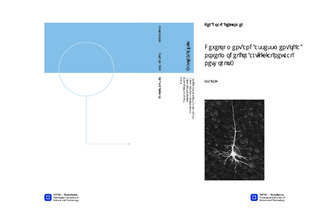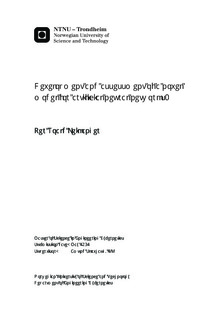| dc.contributor.advisor | Skavhaug, Amund | nb_NO |
| dc.contributor.author | Leikanger, Per Roald | nb_NO |
| dc.date.accessioned | 2014-12-19T14:05:40Z | |
| dc.date.available | 2014-12-19T14:05:40Z | |
| dc.date.created | 2012-11-08 | nb_NO |
| dc.date.issued | 2012 | nb_NO |
| dc.identifier | 565860 | nb_NO |
| dc.identifier | ntnudaim:7479 | nb_NO |
| dc.identifier.uri | http://hdl.handle.net/11250/260596 | |
| dc.description.abstract | When simulating a spiking neuron, numerical integration of synaptic input is often utilized to compute the neuron's depolarization. This report shows that the Numerical Integration Model(NIM) for spiking neuron simulations have a cumulative error that diverges unless the expectancy value for the local truncation error is zero. An alternative neuron simulation scheme, KM, was developed and is presented in this text. Experimental and theoretical results shows that the $kappa M$ error varies within a bounded domain.Experiments have been conducted on sample--and--hold implementations of the two models. A KM_{100} simulation, a KM simulation with 100 iterations per forcing function period, was compared with NIM simulations with finer temporal resolutions. It is shown that before 15 periods of a sinusoidal depolarizing input current has been simulated, the KM_{100} simulation produced a smaller error than a NIM_{10.000} simulation.Since the NIM simulation has a number of time steps that is two orders of magnitude larger than the KM simulation, this represents a significant efficiency improvement. | nb_NO |
| dc.language | eng | nb_NO |
| dc.publisher | Institutt for teknisk kybernetikk | nb_NO |
| dc.subject | ntnudaim:7479 | no_NO |
| dc.subject | MTTK teknisk kybernetikk | no_NO |
| dc.title | Development and assessment of a novel model for artificial neural networks. | nb_NO |
| dc.type | Master thesis | nb_NO |
| dc.source.pagenumber | 98 | nb_NO |
| dc.contributor.department | Norges teknisk-naturvitenskapelige universitet, Fakultet for informasjonsteknologi, matematikk og elektroteknikk, Institutt for teknisk kybernetikk | nb_NO |

